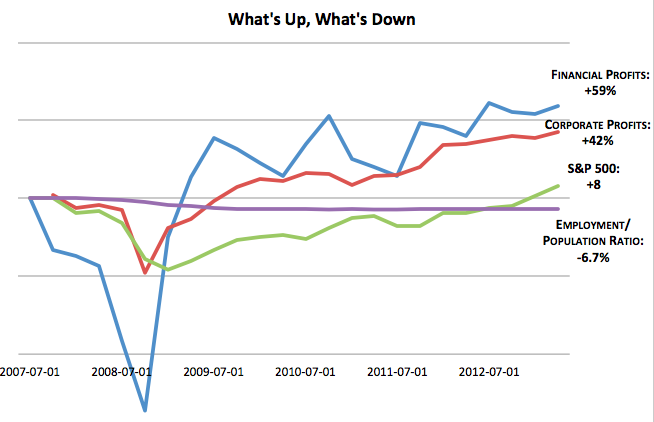The step-by-step process for growth — before you’re ready for it

A Manitoba entrepreneur (we’ll call him Al) is stuck in growth limbo.
Al sells a male health product he developed. Sold through a combination of e-commerce and a few local retailers, the product is selling well and could prove a break-out hit. But right now, the small local lab that produces it is at capacity. So Al has had to turn off his marketing. He even stripped the promotional elements from his website, because he doesn’t want to push new orders until he can fulfill them.
The problem: Al’s next step, shifting to a bigger production facility and larger order sizes, is a costly one. Like many entrepreneurs, he met unexpected problems in starting up; most of his capital went to sorting out intellectual-property issues. With little cash to spare, Al now faces the sharp edge of the challenge that plagues every company trying to scale: how to increase production without ramping up costs.
Every successful business owner works out a different solution to this dilemma. Growth requires more investment: in people, materials, capacity, inventory, new equipment and higher production costs. Strong business relationships and know-how can help you scrimp on some of those expenses, but other suppliers will likely demand full price and payment in 10 days.
The solution lies in being flexible and prepared. In your mind, you’ve always known your company would grow, so you should see this problem coming. Once your business acquires traction, your goal should be to consider the company as three different beasts:
— the business as it is (current state)
— the business it will become over the next year (next-state)
— and the business you think it could become in five years (long-term).
The essence of scaling is to try to manage all three businesses at the same time. That means managing your resources, expenses and cash to stay as flexible as possible. Above all, don’t make long-term commitments when your needs are short-term.
In Al’s case, let’s assume his company can double sales over the next year. That means he should have already started scouting potential production partners for his business’s next-state. In fact, he already has. He’s identified a larger production facility in a nearby city, but he’s also talked to the owner of a lab in Toronto, a more central distribution point for his products. He has a few other options as well, including his dream of building his own production plant, which means he’s stuck trying to figure out which one is best.
This is where understanding long-term needs comes in. Knowing where you expect or hope the company will go helps you figure out how to manage the short term. Al has been receiving moving testimonials about customers’ love for his product, so he’s convinced his company will take off. So that tells him he has to make new arrangements now, but they should be short-term and non-binding. Lenders rarely like to finance growth (unless it comes in the form of signed purchase orders or fixed assets that can easily be seized), so he needs to stay flexible and not commit to any one future.
The long-term future suggests there’s no need for Al to build now, as he would probably build too small. It also suggests that there’s no need to shift production to Ontario yet – he can defer the complexity for now if he can make a cost-effective, short-term deal with the local producer. Growth is a harsh, unpredictable master, so you need to keep your options open and conserve cash as long as you can.
The same principles apply to people. A growing business needs more bodies and more specialized skills. It’s not uncommon for high-growth firms to hire an experienced worker for a new position who’s no longer qualified for that position a year later – because higher volume and new problems require a different skill set.
Successful growth companies hedge their bets. They recruit people part-time, on contract, or as consultants, to stay as flexible as possible. They hire employment agencies to supply needed short-term skills for specific periods of time, sometimes paying a little more upfront for a flexible workforce that can be altered, drama-free, at no cost.
Growth entrepreneurs have to be always looking for the talent they’ll need long-term. Understanding that attitude matters more than skills, some even find compatible, energetic people and support their education or training – so that by the time they’re ready, the company will be, too.
How do you understand your company’s future state when it hasn’t happened yet? Talk to other entrepreneurs, in any industry, whose companies are a few years ahead of yours. Ask if they’ll mentor you. Entrepreneurs are proud of the lessons they’ve learned and generally love to share them. Ask questions such as:
“How did your (production, HR, sales, etc.) needs change as your company grew?”
“What were the biggest changes you didn’t see coming?”
“Who were your key employees in your early growth years, and what made them so valuable?”
“If you could do it over, what would you do differently to future-proof your company?”
Whether you’re looking at production, finance, people or ideas, your best growth tactic is to leverage other people’s resources as long as you can.
































